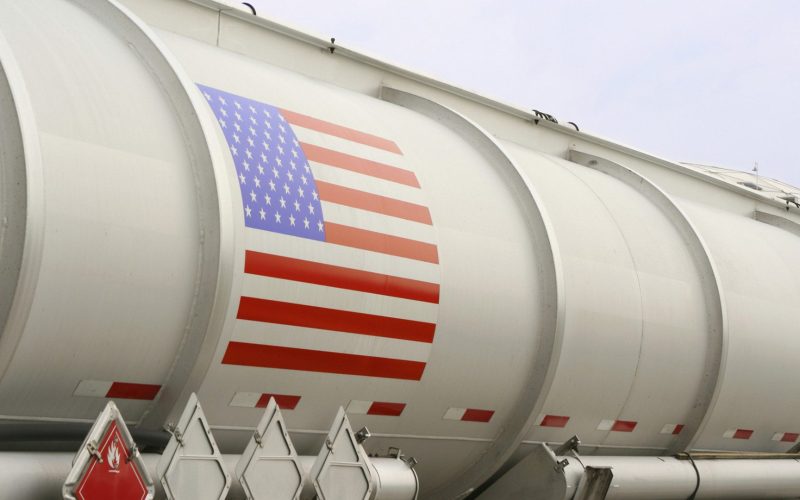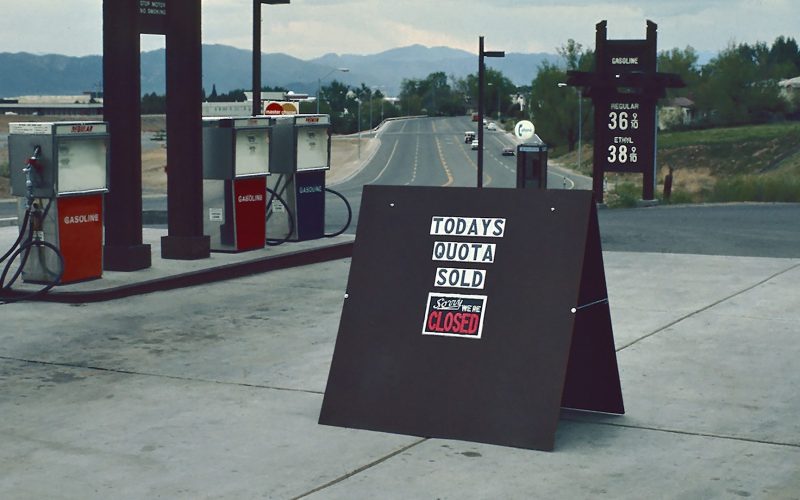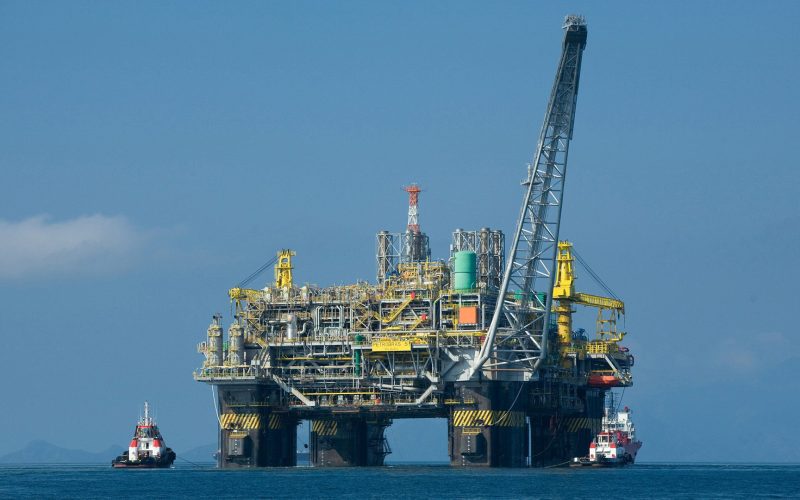THE VOICE FOR THE ENERGY CONSUMER

In 1930, 25% of the U.S. population lived on farms. Today, it is less than 2%. And 97-99% of U.S. farms and ranches are family owned and are producing 86%.

David Holt, President of CEA, takes a look at the impact higher energy costs have on families living below the poverty line, and what we can do to create real.

CEA’s latest report “Fueling America’s Energy Consumers” highlights the often-overlooked fact that oil and natural gas provide the majority of energy used in the transportation sector, and when the price.

Washington, D.C. – In a new report released today by Consumer Energy Alliance (CEA), the organization warns policymakers that recent geopolitical turmoil and global oil price instability could negatively affect.

What’s the difference between crude oil and petroleum products? You might think they’re the same thing, but they’re not, they’re different! For those who’d like to do an online search.

CEA’s President, David Holt, discusses the impact high gas prices are having on families across the country and how increases in domestic energy production are helping to ease the burden.

CEA’s Tim Page helps to dispel the myth that renewable energy and natural gas cannot work together to help sustain our environment while keeping energy prices affordable for American families..

Over the past 50 years, the United States has too often relied on foreign oil to fuel American families and small businesses. However, since the beginning of the shale revolution.

Michael Zehr, Federal Policy Advisor for Consumer Energy Alliance, discusses energy consumption in the U.S. with Les Sinclair. The Energy Information Administration says the U.S. is set to replace Russia.

CEA’s Tim Page looks at the benefits modern pipelines can provide to families and communities as a result of safely delivering affordable, reliable supplies of energy produced in America. Pipelines.